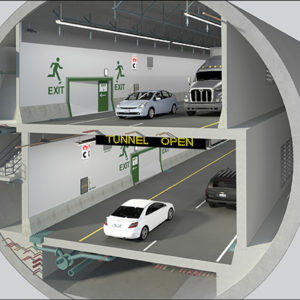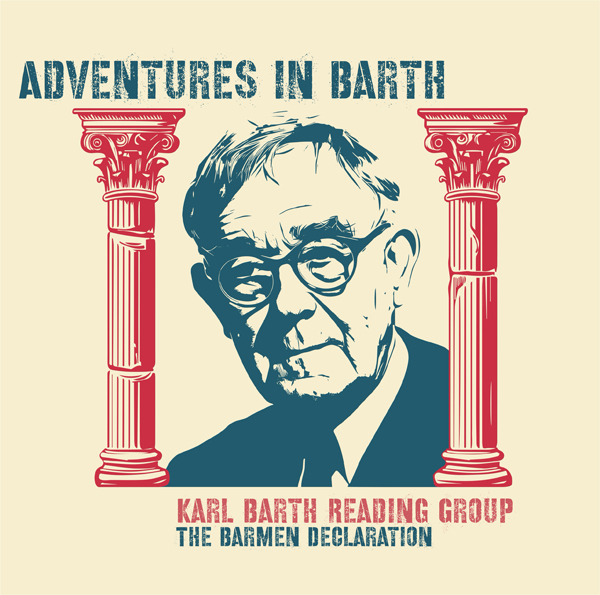From Deep Under Seattle
On Sunday morning I joined a couple thousand of my closest friends, as well as our son Joe and grandson Colin, for Cascade Bicycle Club’s Tunnel Ride. The day before 100,000 people had either walked or run through the Tunnel after opening speeches and ribbon cutting. So lots of fun and games prior to Monday’s official opening to cars.
 The atmosphere of the ride was festive, with lots of hoops and hollers, as we descended into the tunnel potion of the 12.5 mile ride. The tunnel itself is 3.5 miles with two decks, one northbound and on southbound. Each deck is 2 lanes. The roadbed is a concrete surface that is lined or corrugated. I think concrete wears longer than asphalt. The lines may be for drainage. There are big engines, which resemble aircraft engines, for ventilation at each end.
The atmosphere of the ride was festive, with lots of hoops and hollers, as we descended into the tunnel potion of the 12.5 mile ride. The tunnel itself is 3.5 miles with two decks, one northbound and on southbound. Each deck is 2 lanes. The roadbed is a concrete surface that is lined or corrugated. I think concrete wears longer than asphalt. The lines may be for drainage. There are big engines, which resemble aircraft engines, for ventilation at each end.
There’s an ample pull out lane for motorists who have some kind of trouble. And every 600 to 700 feet there is well-marked pedestrian exit. So if there are problems, you aren’t trapped down there.
The tunnel entrance (or exit) is just east of Seattle Center on the north end. On the south end it is just west of (now) T Mobile Ball Park, where the Mariners play. There has been a fair amount of head scratching that there aren’t any downtown exists. Apparently, the 200 foot depth of the tunnel is the reason there aren’t any actual exits to downtown. Whether engineering such an exit from that depth was not possible or cost prohibitive, I’m not sure.
I remember the 2001 earthquake that led to the tunnel replacing the earthquake vulnerable Viaduct. A whole lot of shaking going on that day. I was downtown, at Plymouth Church. The church had been pretty well retrofitted for earthquakes, so there’s wasn’t much damage to the building. The pipe organ was another story. As I recall, at least some of the pipes were essentially free-standing, so it didn’t take much to tip them over.
One of the things that has been good, but puzzling, is how little traffic problems ensued during the past three weeks when the Viaduct was closed and the Tunnel not yet open. We were told that 90,000 vehicles a day would spill onto the other available streets. People predicted VIA DOOM or a three-week parking lot in Seattle.
Like may of Seattle’s predicted “snowstorms” VIA DOOM didn’t really happen. Why not? Where did all the cars and trucks go? Your guess is as good, quite possibly better, than mine.
Mine would be that people opted out of unnecessary trips, gave themselves more time to get where they were going, and possibly drove more carefully and courteously during these three weeks. Which leads me to think that there’s an overlooked factor in solving Seattle’s traffic challenges.
The proposed solutions are basically two: more mass transit or more roads. Mostly we seem to be doing both — at extraordinary costs.
But what these two solutions overlook, for the most part, is the many ways that people might make different choices and modify their own behavior. I had the sense during these three weeks that there was at least a bit of “we’re all in this together — let’s make it work.” Is there a way to do more of that?
The other thing that is yet to be revealed is the shape of the Seattle Waterfront now that the double-decks of the Viaduct will no longer be taking up space and sight-lines. Hopefully, the waterfront will not be just a developers bonanza but an area with lots of inviting public spaces.
![Anthony B. Robinson [logo]](https://www.anthonybrobinson.com/wp-content/themes/anthonybrobinson/images/logo.png)
![Anthony B. Robinson [logo]](https://www.anthonybrobinson.com/wp-content/themes/anthonybrobinson/images/logo-print.png)
